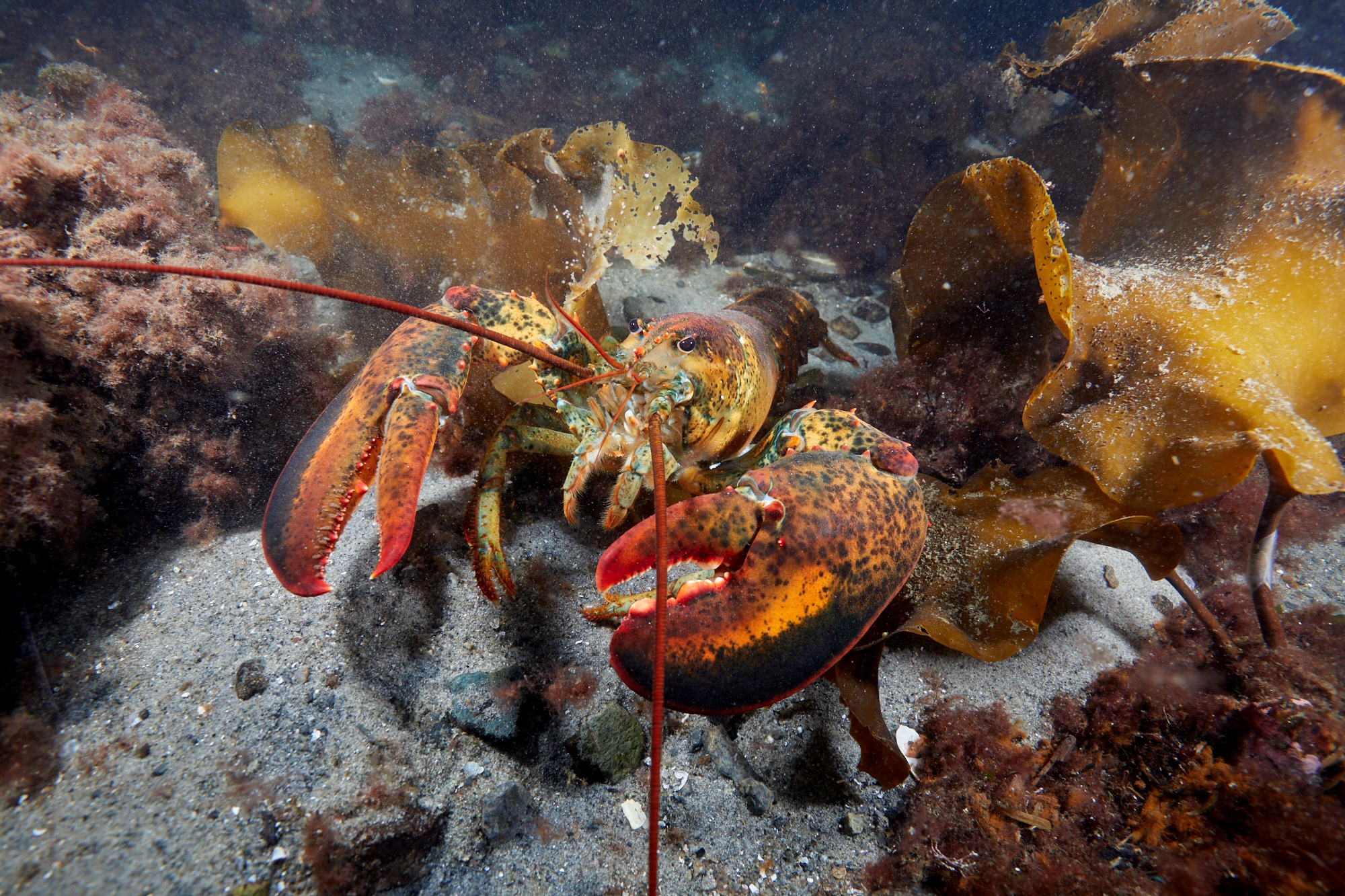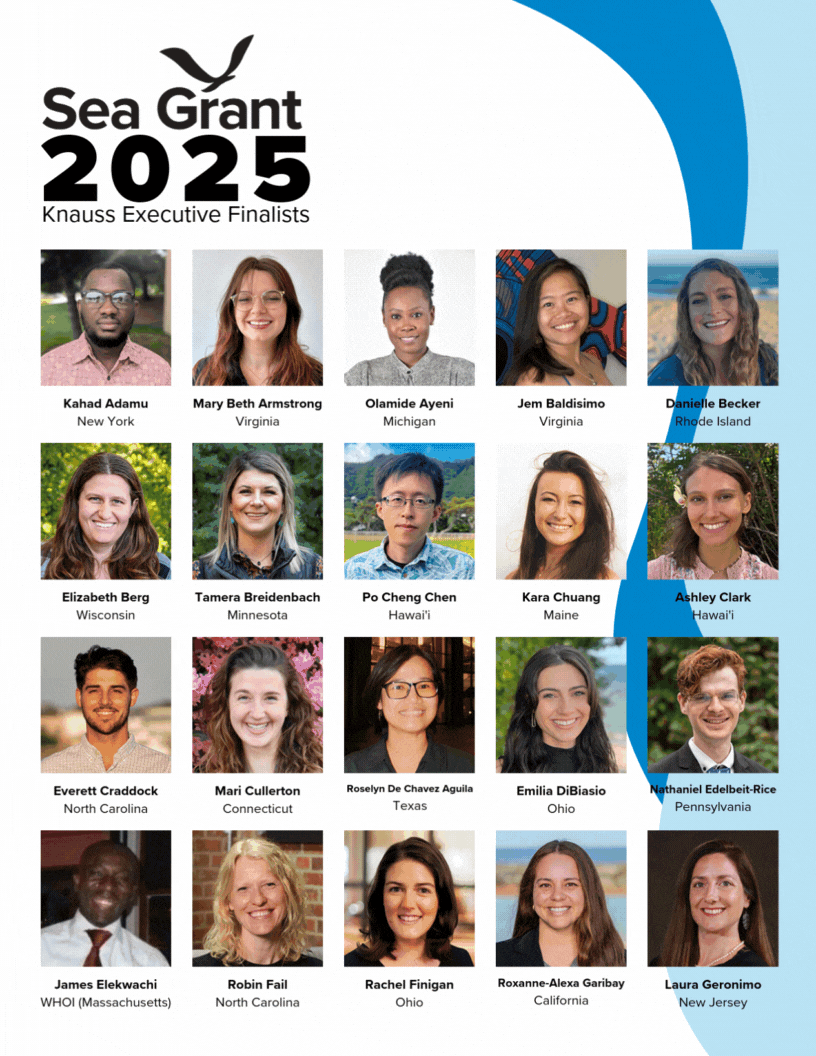South Carolina Sea Grant scientists are researching the effects of microplastics in coastal environments
Written by John H. Tibbetts, South Carolina Sea Grant Consortium
Compiled and edited by Susan Ferris Hill, South Carolina Sea Grant Consortium
Plastics are found in many common household items, and despite our best efforts to recycle, a good fraction—no one knows how large—becomes litter which can have devastating impacts on coastal ecosystems and the animals that live there. In a new study, South Carolina Sea Grant Consortium scientists are researching the presence and effects of microplastics in coastal environments.
Oops! The wind on the beach just snatched a plastic bag out of your hand and now it’s cartwheeling down the shoreline faster than you can run after it. Look at that thing go. The wind catches it like a kite. It swoops high over the surf and then dives into the sea. You feel guilty, of course, for littering. But maybe the bag will later wash up on shore and somebody will put it in a trash bin.
It’s more likely, though, that your plastic bag will be shredded to bits. On the sea surface, ultraviolet radiation in sunlight makes plastic brittle, and heat and wave action shear it off in flakes. Over time, the flakes are shredded further by the elements, becoming smaller and smaller and smaller—until they can become food particles for tiny organisms.
Some plastic flakes drift like snow down the water column where fish can consume them. Other bits fall farther to the muddy bottom where they are gobbled up by grass shrimp and other creatures. Still other plastic pieces wash up onto beaches and salt marshes where they become food for burrowing worms and filter-feeding oysters.
But maybe your plastic bag remains intact and washes up on a beach or a salt marsh. The same weathering processes will degrade it there. Plastic breaks up far faster on a hot, bright, abrasive place like a salt marsh or beach than it does in colder, deeper water.
“If you have a plastic bottle that’s sitting up in the marsh,” says South Carolina Sea Grant researcher John Weinstein, a biologist at The Citadel, “it’s going to fragment from sunlight and wave action. It may take a long time, but someday that bottle will disappear from view. Its fragments, though, will still be there, and they will get smaller until they become particles. The plastic will still be in the environment. It just won’t be of a size that we can see. But it could be the right size for organisms in the salt marsh that ordinarily feed on bits of detritus or other particles. My analogy is that we’re sweeping these plastics under the rug. We can’t see them anymore, but they’re still there.”
Now scientists are finding compelling evidence that tiny bits of plastic in the ocean can be just as dangerous for small marine life.
John Weinstein is studying how grass shrimp (Palaemonetes pugio) respond to a diet of plastic beads. In Weinstein’s lab, Austin Gray, a graduate student in biology at The Citadel, has been feeding grass shrimp two types of beads: one a bright green and the other one translucent. Each tiny bead is approximately the width of four human hairs.
The green beads are polyethylene, the type of plastic used in plastic bags, bottles, and plastic wrap. Polyethylene is the most common type of plastic found in marine debris around the world. The translucent beads are polypropylene, a type of plastic used in bottle caps, candy- or chip-wrappers, and food containers. Polypropylene is the second most common type of plastic found in marine debris.
Gray fed 16 grass shrimp a diet of brine shrimp mixed in with plastic beads. Each grass shrimp was isolated in water that was changed every other day. Eight animals were fed polyethylene beads and eight were fed polypropylene beads. After six days, all of the 16 shrimp were dead.
Dissecting the animals, Gray found plastic beads in their guts and gills. One individual had 10 tiny beads in its gut and 16 in its gills. The gut blockages, though, were deadlier. The grass shrimp could still take in water through their partly blocked gills. But they stopped eating with clogged guts—or couldn’t eat—and died.
Some disposed items end up in landfills, some in recycling bins, but a good fraction—no one knows how large—becomes litter. Winds blow litter off city streets and beaches into waterways, and storm runoff carries it into drains that empty into waterways pouring to the sea. Sewage treatment captures many larger plastic items from reaching waterways, but small items often still slip through.
“We still don’t know exactly where microplastics are coming from and where they go,” says South Carolina Sea Grant researcher Stephen Klaine, an aquatic toxicologist at Clemson University, who is collaborating with Weinstein to study the presence and effects of microplastics in South Carolina estuaries and how they interact with contaminants.
Plastics in the ocean have become globally ubiquitous. Hundreds of aquatic organisms—from invertebrates to many species of fish to whales—consume plastics. Now, scientists are seeking to untangle the complex interactions among microplastics, the many additives and contaminants they carry or release, and the organisms that try to take nourishment from them.
To read the entire article and learn about more ways plastics can affect the health of aquatic animals, please visit www.scseagrant.org/Content/?cid=732.


